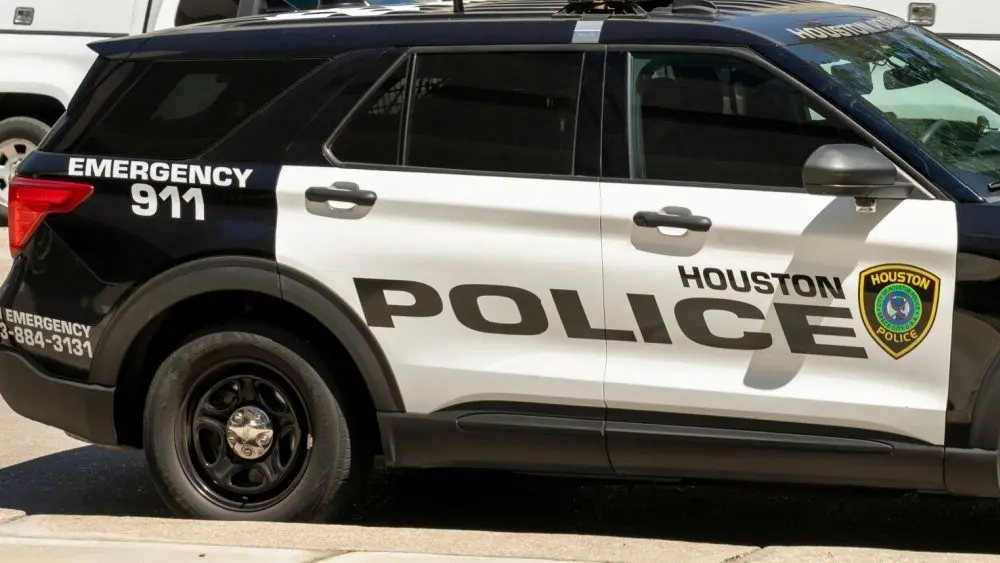
A New York judge ruled Wednesday that prosecutors can present DNA evidence they say connects Rex Heuermann, the suspect accused of being the Gilgo Beach serial killer, to six of the seven women he is charged with murdering.
Suffolk County Judge Tim Mazzei made his ruling that prosecutors can use DNA evidence generated by Astrea Forensics in their case against Rex Heuermann. Astrea Forensics uses new techniques to analyze old and highly degraded DNA samples, like the ones collected from the bodies of the victims. Defense attorneys had fought to block the evidence, arguing that it was obtained through a relatively new method called whole genome sequencing, which had never before been admitted in a New York courtroom; however, prosecutors have said they have a trove of other evidence, including a “blueprint” for the killings and cellphone tracking data, that ties Heuermann to the case.
The defense quickly filed a motion on new grounds in an effort to block the evidence. saying the DNA evidence violates New York public health law that states a for-profit lab cannot submit evidence in criminal cases in the state. Prosecutors countered that the approach is rooted in widely recognized scientific principles. In filings ahead of previous court hearings, they said the defense request to dismiss the evidence should be denied because the method is “well established in the scientific community” and already applied in a range of forensic and research fields.
Heuermann, a New York City architect, was arrested in July 2023 and charged with the killings of three women: Melissa Barthelemy, Megan Waterman and Amber Costello. Their bodies were among 10 found along Long Island’s Gilgo Beach when police set out in 2010 to search for Shannan Gilbert, a 24-year-old aspiring actress from New Jersey.
In 2024, Heuermann was charged with the killings of four more women: Maureen Brainard-Barnes, Jessica Taylor, Sandra Costilla and Valerie Mack. He has pleaded not guilty to killing seven women whose bodies were discovered on Long Island between 1993 and 2011, several of them along Gilgo Beach.
The defense had specifically sought to exclude DNA evidence from hairs recovered from six of the victims: Maureen Brainard-Barnes, Megan Waterman, Amber Costello, Sandra Costilla, Jessica Taylor, and Valerie Mack. Investigators say they also discovered newspaper and magazine clippings about the Gilgo Beach murders inside his Massapequa Park home.
Prosecutors previously said that hairs found on some of the victims matched Heuermann’s family members through mitochondrial DNA testing, linking them to his wife and daughter. The defense is still awaiting a separate decision on its request to split the charges into multiple trials. Judge Mazzei said he expects to rule on that motion at the next hearing, scheduled for September 23.
Editorial credit: WoodysPhotos / Shutterstock.com





